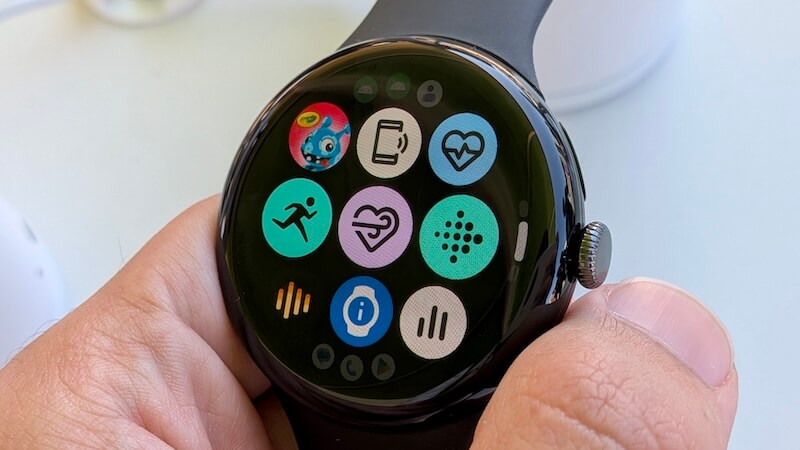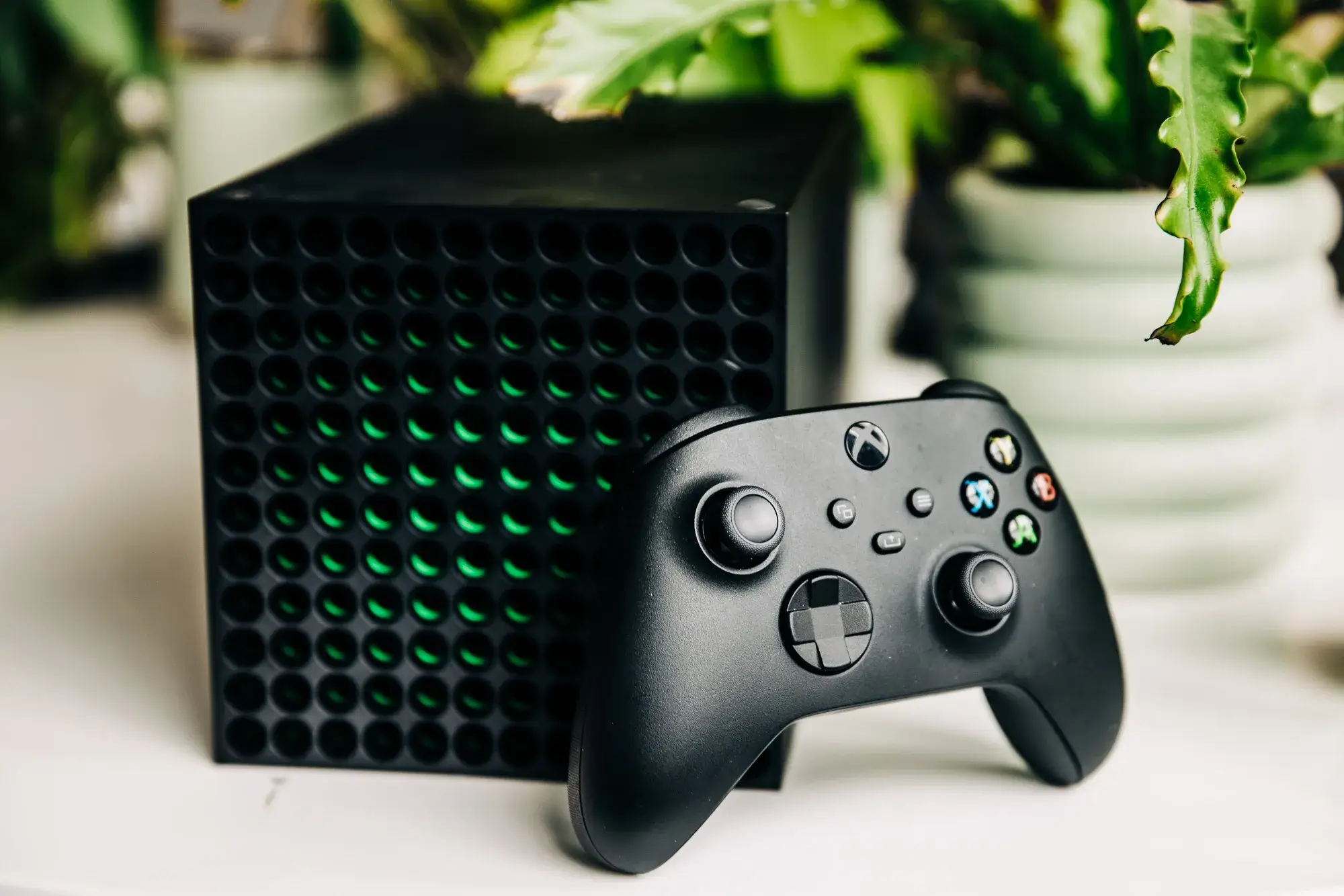The relentless pursuit of thinner smartphones is reshaping the mobile landscape, introducing both exciting advancements and frustrating compromises. This trend, spearheaded by industry giants like Samsung and Apple, prioritizes sleekness and portability, often at the expense of battery life, durability, and functionality. While the allure of an ultra-slim device is undeniable, the question remains: is this pursuit of thinness truly serving consumer needs, or is it a marketing-driven fad that ultimately detracts from the overall user experience?
The Appeal of Thinness
The driving forces behind the slim smartphone trend are multifaceted. Aesthetically, thinner phones are often perceived as more modern, luxurious, and sophisticated. Their sleek design and svelte figures make them a fashion accessory. Ergonomically, they can be easier to handle, fitting comfortably in pockets and bags, enhancing portability and everyday convenience. Consumers are increasingly drawn to lighter, more compact devices that are easy to carry and use throughout the day. Major brands are responding to this demand by introducing slim models designed to be visually appealing and easy to handle.
The Compromises
However, the quest for thinness inevitably leads to compromises. The most significant trade-off is reduced battery capacity. A thinner phone simply has less space for a battery, resulting in shorter usage times between charges. This can be a major drawback for users who rely on their smartphones throughout the day for work, communication, and entertainment.
Durability is another concern. With less material to support the device's structure, thinner phones may be more susceptible to bending, cracking, or total failure under stress. While manufacturers are using more durable materials like titanium and Ceramic Shield to mitigate this risk, the laws of physics still apply. A thinner device is inherently more vulnerable to damage than a thicker one.
Furthermore, thinness can limit the space available for internal components. This can impact speaker quality, haptic feedback, and even camera technology. While advancements in component miniaturization are helping to overcome these limitations, there is still a trade-off between thinness and functionality. For example, the iPhone Air features a single camera, lacking the versatility of a telephoto lens.
Counter Arguments and Technological Advancements
Despite the drawbacks, manufacturers are exploring innovative solutions to mitigate the compromises associated with thinner smartphones. One promising area is battery technology. New silicon anode batteries, for example, offer higher energy density, allowing for competitive capacity in a much thinner package. This technology is already being adopted by some OEMs, with the Xiaomi 15 jumping from 4,610 mAh to 5,400 mAh by switching to this tech.
Another approach is to optimize internal design to maximize space for the battery. Apple claims that the iPhone Air's internal architecture does just that. Furthermore, tight hardware and software integration can improve power management and energy efficiency, further extending battery life.
What Consumers Really Want
Despite the industry's push towards thinner smartphones, it's not clear that consumers are overwhelmingly in favor of this trend. Some surveys suggest that a significant portion of users would prefer thicker phones with more battery life and features. Many users prioritize battery life, camera quality, and durability over thinness. They would rather have a phone that lasts all day and can withstand everyday wear and tear than one that is ultra-thin but requires constant charging and is prone to damage.
Moreover, many users put a case on their phones anyway, negating the aesthetic benefits of a thinner design. Some users have also stated that they don't care how thin a phone is, but would rather see smaller phones overall that are easy to use single handed.
The Future of Smartphone Design
The future of smartphone design is likely to involve a more nuanced approach to thinness. Manufacturers may focus on optimizing the overall user experience rather than simply chasing the title of "thinnest phone". This could involve balancing thinness with other factors, such as battery life, durability, camera quality, and ergonomics.
We may also see the emergence of new form factors, such as foldable and rollable phones, that offer a larger display area without sacrificing portability. These devices could potentially address some of the compromises associated with traditional smartphone designs. Other innovations, such as modular designs and sustainable materials, could further enhance the functionality and appeal of future smartphones. Ultimately, the success of any smartphone design will depend on its ability to meet the diverse needs and preferences of consumers.















